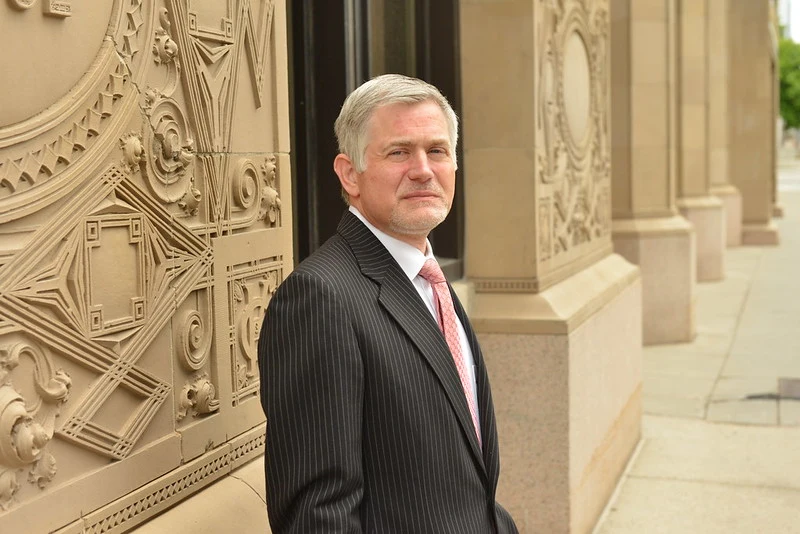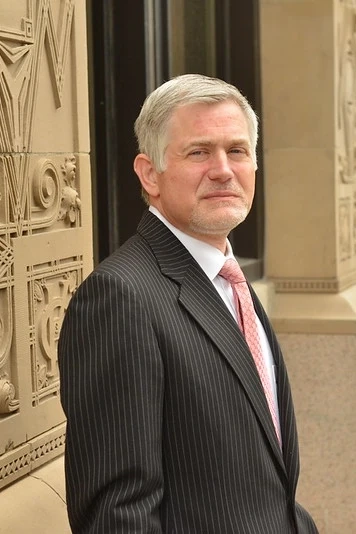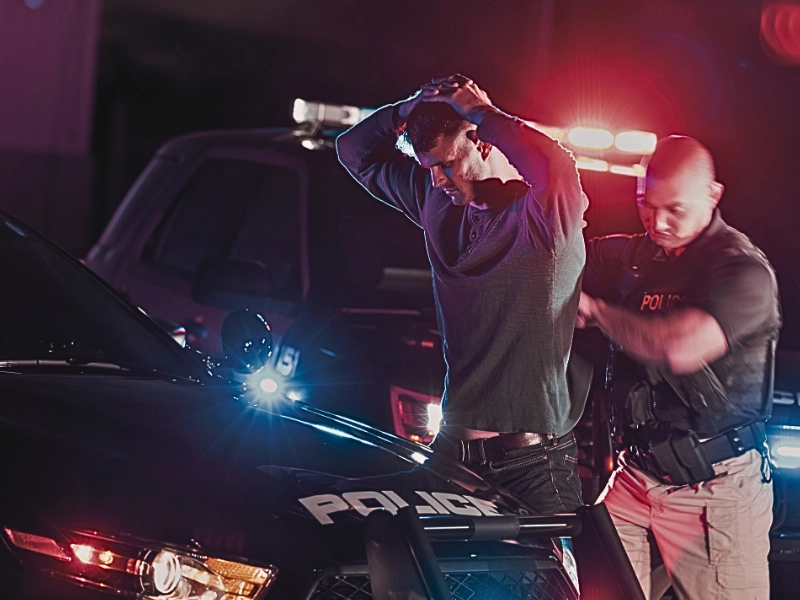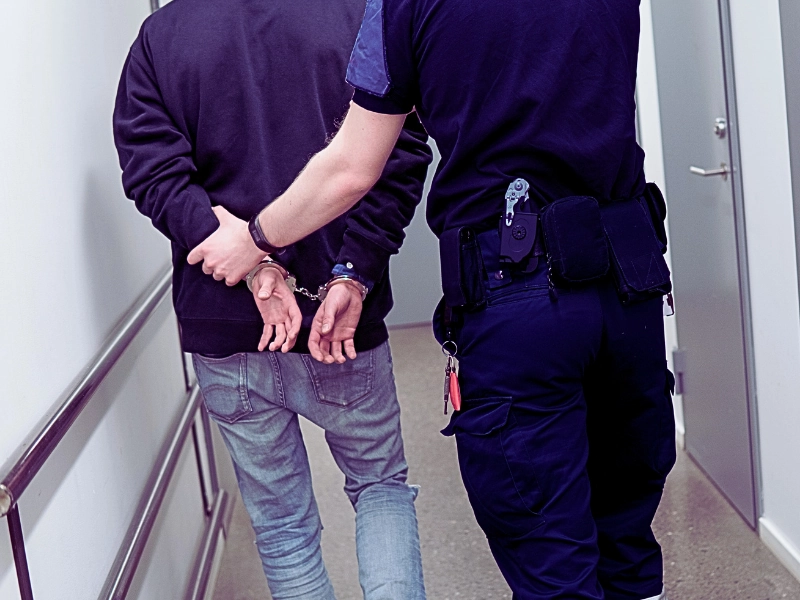Minnesota’s implied consent and driving while impaired laws are a complex jigsaw puzzle that allows prosecutors to use a variety of aggravating factors to enhance a Minnesota DWI charge. However, prosecutors often tack on other allegations to bring additional charges after a suspected DWI investigation.
Burnsville police claim a man failed to stop after an officer tried to make a traffic stop to investigate alleged traffic violations. Eventually, the driver came to a dead end and stopped his vehicle, according to Burnsville police. The driver is now accused of two counts of second-degree DWI, based upon two separate legal theories under the DWI jigsaw puzzle.
A second-degree DWI charge is classified as a gross misdemeanor under Minnesota law, which can expose a person accused of the offense to up to a year in jail upon conviction. However, prosecutors are also seeking a felony level charge against the accused Burnsville man, based upon allegations that the driver knowingly fled from police in a motor vehicle.
In addition to the felony charge of fleeing police in a motor vehicle, the Burnsville man is facing the two gross misdemeanor DWI charges. One of the DWI charges alleges that the Burnsville man has two prior DWI convictions on his record within 10 years of the current charges. Each of those priors is being used to enhance the current charge from a misdemeanor to a gross misdemeanor. Because the defendant did not submit a breath, blood or urine sample prosecutors will have to prove impairment in the current DWI offense based upon the arresting officer’s observations and testimony.
However, the Burnsville man also faces a second count of gross misdemeanor DWI based upon the test refusal. That second charge is enhanced to a second degree DWI based upon allegations that the defendant has one or more prior qualified impaired driving incidents within 10 years of the current charge.
The case highlights the complexity of DWI charges in Minnesota. However, implied consent civil proceedings may also be involved after a DWI arrest, complicating the scheme even further. Civil proceedings may include challenges to an implied consent loss of license, and in some cases, challenges to potential vehicle forfeiture after a DWI arrest.
It is important for individuals arrested for DWI in Minnesota to speak with an experienced DWI defense attorney as soon as possible after an arrest to gain an idea of what the picture looks like in an individual case under the complex Minnesota DWI and implied consent jigsaw puzzle.
Source: Burnsville Patch, “Burnsville Man Charged with Fleeing Officers, DWI,” Betsy Sundquist, Dec. 26, 2011






